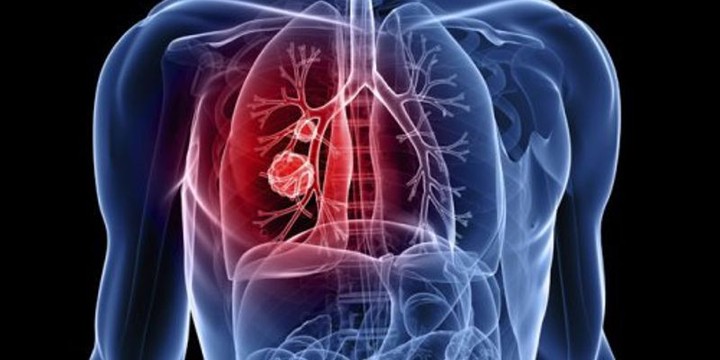Improving Isoniazid Preventive Therapy in HIV Clients - Lesssons from Kogi State, North-Central Nigeria
 Image credit: LabRoots
Image credit: LabRoots
Abstract
In 2017, UNAIDS reported over 36 million people living with HIV globally, Nigeria accounts for the second largest population of PLHIV. PLHIV have a 20-fold higher risk of developing tuberculosis (TB) compared to those who do not have the infection. The use of Isoniazid preventive therapy in PLHIV who are not symptomatic for TB reduces the risk of co-infection by about two-thirds and deaths by 40%.2 Despite the known benefits of Isoniazid Preventive Therapy (IPT) for tuberculosis among PLHIV, less than half of eligible clients were commenced on therapy at the time of ART initiation in the state. The project was conducted in 4 Catholic Relief Services (CRS) supported hospitals offering comprehensive HIV services in Kogi State, Nigeria. The team included hospital focal persons and the CRS team. All clients involved were HIV positive clients commencing Anti-retroviral therapy in the respective hospitals. A review of baseline data revealed that only 43% of eligible clients received TB prophylaxis, a root-cause analysis (RCA) was conducted using the fish-bone diagram and 5-whys technique. Routine meeting was utilized to present the data to stakeholders and a strong case made for improvement in IPT among PLHIV. PDSA (Plan – Do – Study – Act) cycles were at bi-monthly intervals. The proportion of eligible clients started on IPT per month, was collected alongside process measure data - the number of hospitals with stock-out of INH during the same period. Data analysis was done using Microsoft Excel and presented as time-series charts. A sharp consistent rise in IPT uptake which climaxed to 100% was observed. The shift observed in the chart following the intervention suggests that the observed changes are associated to the improvement with a median value increase from 40% to 87%. The intervention resulted in a significant improvement in the knowledge and practice of facility focal persons, this had a resultant positive effect on the quality of care given to PLHIV and a resultant significant reduction in TB-related morbidity and mortality.